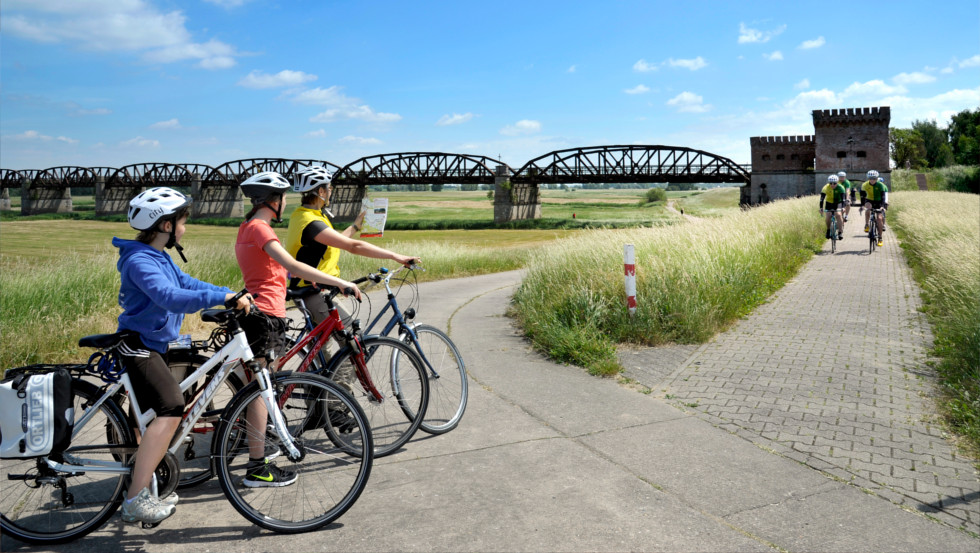The area between the North Sea and the Czech border is famous for its varied landscape forms, exciting history and unique cultural heritage. The route leads through seven German states. It is mostly flat, mostly asphalted and mostly car-free. The route is particularly suitable for beginners, people who cycle for fun, and families with children over 12 years of age. We recommended that you cycle the Elbe Cycle Route upstream because of the way the wind blows most of the time. A variety of bike-friendly accommodation along the route means that you can plan your tour depending on your needs.
